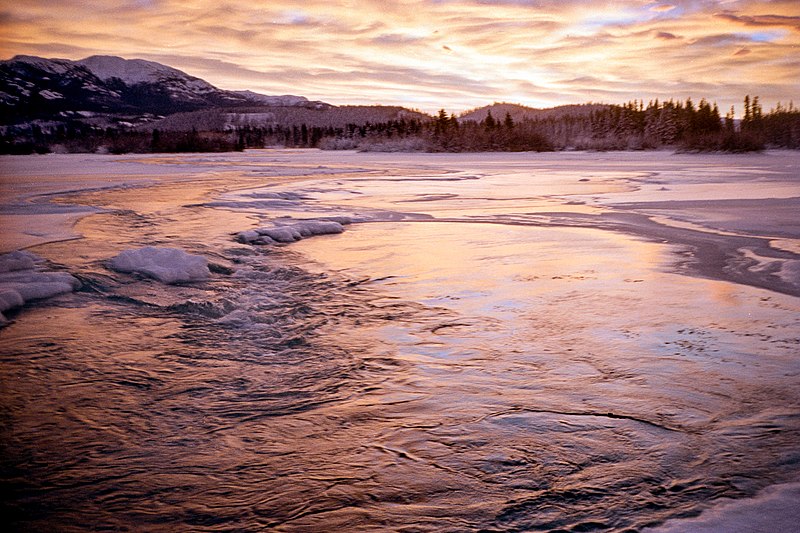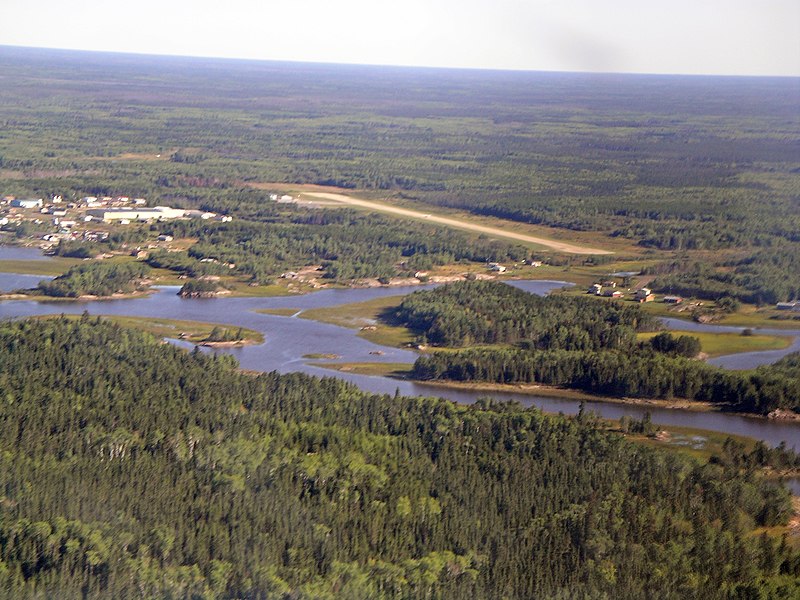7481 Woodbine Ave #203, Markham, ON L3R 2W1 (647) 806-8188
Copyright © 2021 CondoTrend. All rights reserved.

The rivers of Canada are known for their ecological, cultural, and recreational significance. These rivers contribute to our national identity and are an important element of Canada’s historical heritage. Once rivers are included in the Canadian Heritage Rivers System, they become part of a network of waterways administered by river stewards with a strong sense of responsibility. Governments, towns, conservation groups, and people who live near rivers all work together to protect, preserve, and respect them.
The CHRS Story Maps showcase the biological, cultural, and recreational characteristics of each historic river in Canada. You can take a virtual tour of these gorgeous rivers and discover more about their significance with the click of a mouse. Each Story Map of a historic river combines many graphical representations of geographic data with text, photographs, videos, and external connections. ArcGIS Online Story Maps were designed by ESRI in 2013 to give users a unique, interactive method for sharing and generating content. As the name of the platform suggests, virtual maps allow us to tell the story of each river in a way that traditional map images can’t.
In 2016, CHRS started laying the groundwork for our system-wide Story Maps Project by designing the first map. In 2018, the participating river managers and stewardship groups started studying each river’s ecological, cultural, and recreational values in order to make a full list of each river’s most important assets and bring each river’s story to life.
The Athabasca River
The extraordinary natural qualities of the Athabasca River watershed demonstrate the earth’s evolution and the influence of water, wind, and glaciers on the surrounding terrain. The Columbia Icefield is where the Athabasca River originates. The icefield is the biggest in the Rocky Mountains. Notable physical characteristics include the narrows right below Athabasca Falls, the sand dunes on Jasper Lake (a shallow portion of the river), and the immense fans of sand, gravel, and silt near the mouths of the Astoria and Snake Indian rivers. The river has fifteen species of fish, three of which are provincially listed as threatened or endangered: bull trout, Athabasca rainbow trout, and pygmy whitefish. There are five kinds of amphibians as well as birds such as Harlequin ducks and osprey in the marshes around the river. Numerous types of big animals visit the riverbank, including elk and grizzly bears.

The Bloodvein River
Miskwewesibi / Miskweyabiziibee / Bloodvein River is one of the rare Canadian Heritage Rivers recognized by two provinces. It passes the Precambrian Shield, a large deposit of geologically ancient rock that lies under the bulk of North America. This region is one of the most impressive instances of the Central Boreal Upland Forest in Canada and a portion of the world’s longest boreal forest. Forests are dominated by black spruce, jack pine, poplar, and a variety of prairie-boreal-influenced understory plant species. The river itself is comprised of narrow, swift-water gorges, expansive, calm-water marshes, and tiny lakes. The river corridor is home to several significant species, including the wolverine, white pelican, double-crested cormorant, bald eagle, osprey, great gray owl, woodland caribou, and lake sturgeon. Miskwewesibi / Miskweyaabiziibee / Bloodvein River is part of the Pimachiowin Aki UNESCO World Heritage Site, a region renowned for its exceptional natural and cultural qualities.

The Boundary Waters/Voyageur Waterway
This includes the Boundary Waters. A network of lakes and rivers known as the Voyageur Waterway separates Minnesota and Ontario. Along the border between the Hudson Bay and Atlantic drainages, it traverses glacier- and water-formed wilderness in both directions. Unique geological features dating back a billion years are unique to the area of Thunder Bay. There are 400 plant species in the protected region, 13 of which are uncommon. Since they are often found in subarctic, arctic, and western mountain regions, the plant species that occupy the cliffs of North and South Fowl Lakes are vestiges of a bygone age. Along Gunflint and North Lakes, the oldest known microfossils in North America date back two billion years.
Sources: https://chrs.ca/en/what-are-heritage-rivers
https://apca.maps.arcgis.com/apps/MapSeries/index.html?appid=a1880eaa2c6b44619c6c79a6df1ea0ef
https://apca.maps.arcgis.com/apps/MapSeries/index.html?appid=4a7c4f8f6364490cb094c8d7750c8273
https://apca.maps.arcgis.com/apps/MapSeries/index.html?appid=c69a61e1965543499b4a447001c93bbf
7481 Woodbine Ave #203, Markham, ON L3R 2W1 (647) 806-8188